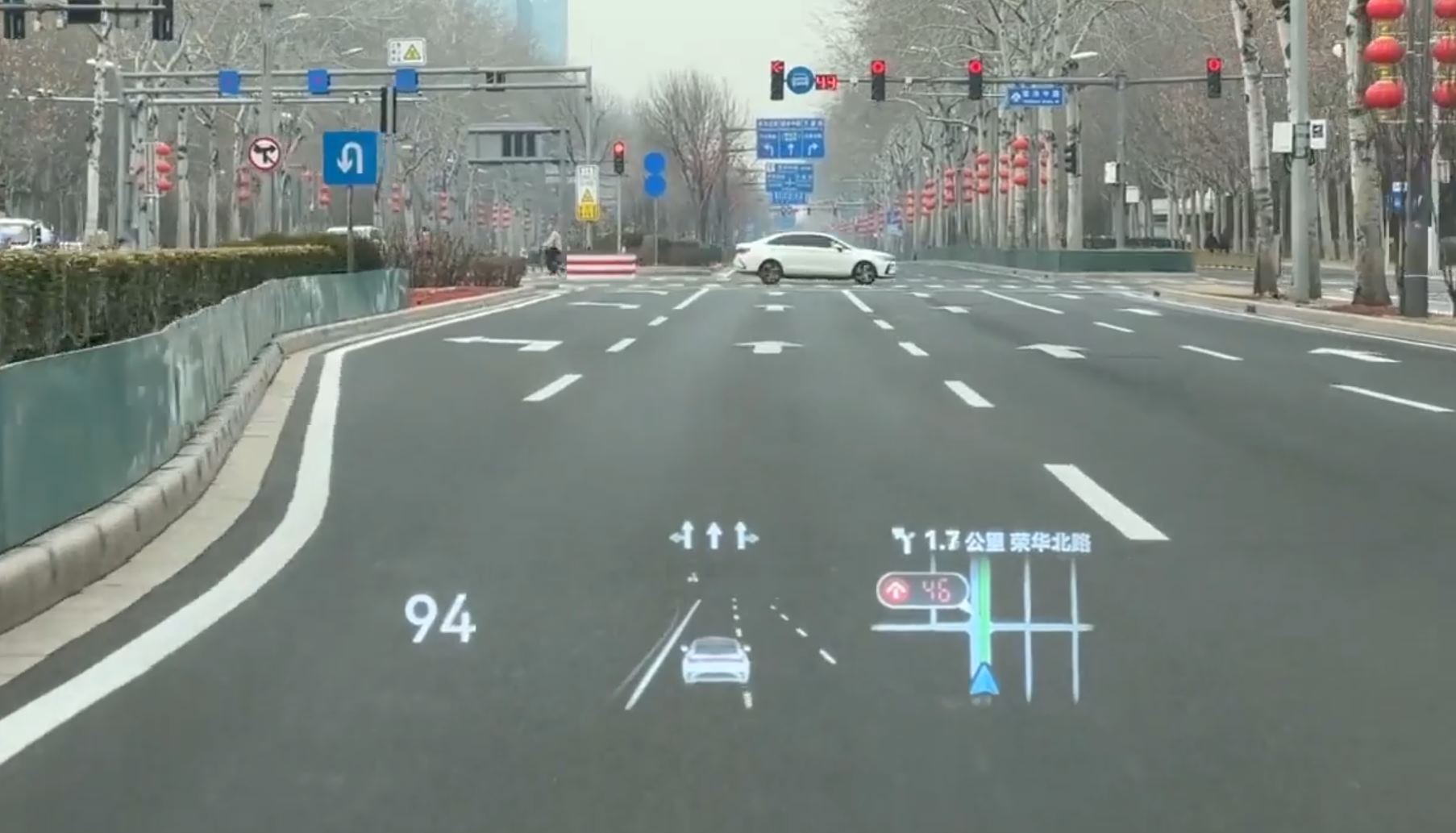
The new system is capable of recognizing surrounding vehicles and pedestrians, adapting to night driving. Huawei first introduced the augmented reality head-up display (AR-HUD) system at the 2021 Munich Motor Show.
At this time, the company's AR-HUD creates a 70-inch virtual image displayed 7.5 meters away from the driver. After 4 years, Huawei launched the latest version called XHUD-AR, which supports multi-dimensional coordinate conversion, matching the real scene.
Huawei's XHUD-AR system is enhanced with real-time synchronization, target tracking, and anti-shake algorithms. It also combines virtual and real space to provide a better user experience. As a result, the navigation markers always point in the right direction of the target.
According to the company, the new system filters out more than 95% of the deviations thanks to the trajectory prediction algorithm. The virtual reality icons will adjust their positions in real time. Therefore, the image remains smooth and stable.
Some other features of XHUD-AR include: adapting to night driving situations; warning of vehicles in blind spots; marking pedestrians; reminding to enter lanes, decelerate and brake; reminding to avoid obstacles.
Currently, Huawei provides AR-HUD displays to many car brands, including SAIC, BAIC, Seres, Changan, Chery, BYD, and JAC. The application of the new XHUD-AR technology will help improve comfort and safety. This also helps Huawei consolidate its position as a leading supplier of HUD displays. In addition, the new AR-HUD technology will promote advanced driving assistance systems (ADAS) more effectively.











